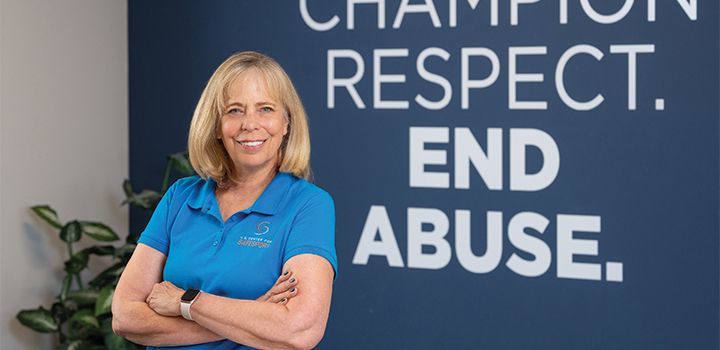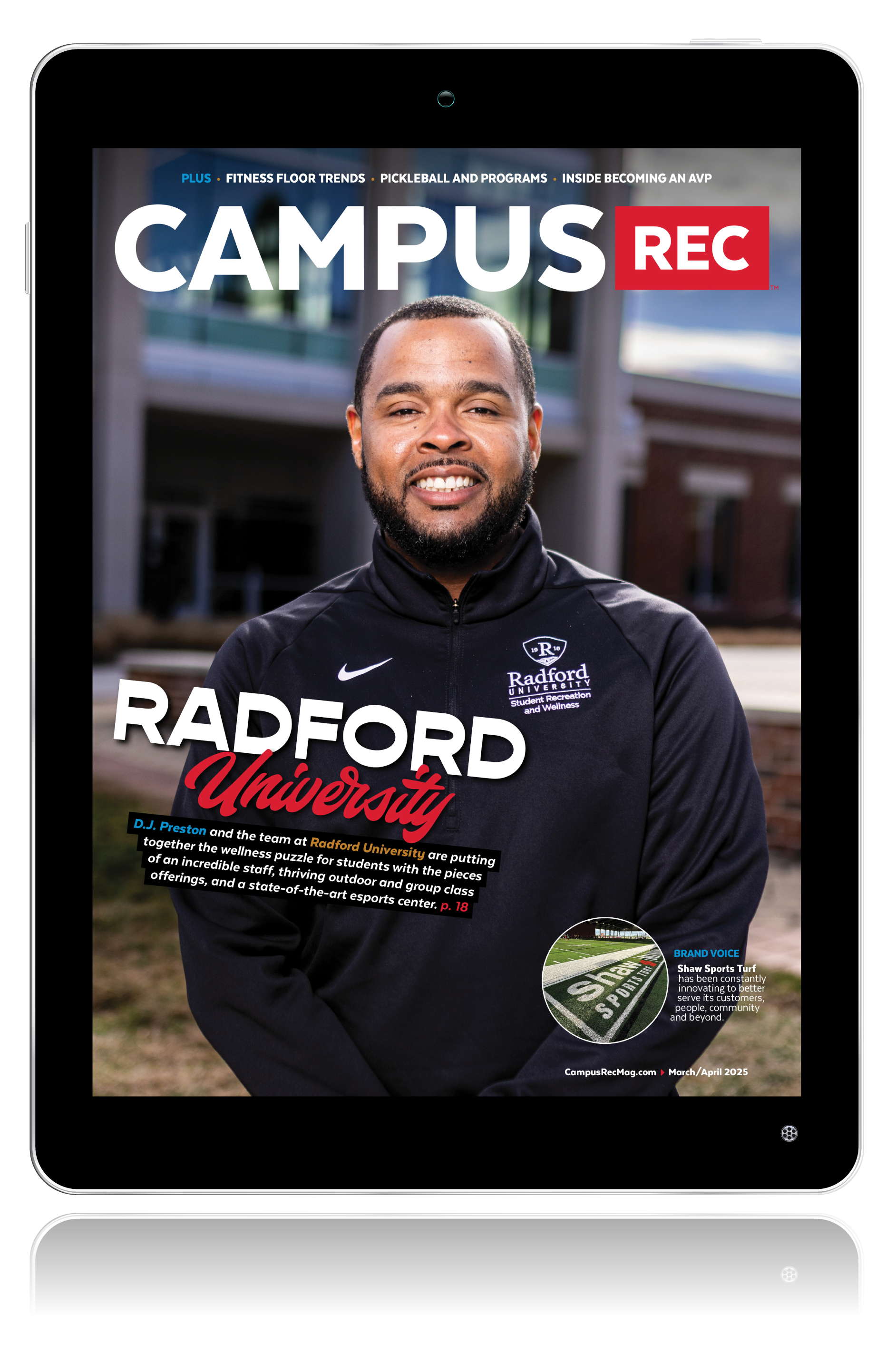The U.S. Center for SafeSport was created after the Larry Nassar and USA Gymnastics sexual abuse scandal came to light.
After the crisis was brought into the public eye by brave survivors of abuse, Congress responded by authorizing the U.S. Center for SafeSport as an independent 501(c)(3) nonprofit in 2017 to oversee the response and resolution for reports of emotional, physical, and sexual abuse and misconduct within the U.S. Olympic and Paralympic Movement.
“The Center among other key abuse prevention responsibilities has the authority to suspend or even ban bad apples from participating in sport within the movement,” said Martha Van Gelder, the vice president of Education, Marketing and Partnerships. “Most importantly, we’ve educated millions of people from grassroots leagues to elite sports on how to recognize the signs of abuse and what to do when it occurs.”
The U.S. Center for SafeSport works to achieve its mission daily through:
- Building better cultures via dialogue and data.
- Providing over a dozen SafeSport abuse awareness and prevention courses as well as other tools and resources.
- Receiving and resolving reports of abuse and misconduct in the U.S. Olympic and Paralympic Movement, as well as pressing for transparency with its Centralized Disciplinary Database.
- Working with hundreds of organizations to raise awareness and help safety principles take root.
Today, the U.S. Center for SafeSport has delivered over 4 million online courses and 92% of learners feel better prepared to protect young people from misconduct.
The Center’s main obligation is to the Olympic and Paralympic Movement, but has expanded training to serve organizations outside of it. This included looking at the campus recreation industry.
“When we began providing the same abuse-prevention training to clients as we did for the U.S. Olympic and Paralympic Movement, we met all kinds of organizations who were drawn to the same ideology of protecting athletes and educating all participants on the same abuse-prevention ground rules for building safer sport environments,” said Van Gelder. “We felt the Center already had dozens of videos, tools and resources that would help campus recreation centers operate safely, alongside the 1,500 organizations we’ve worked with over the last four years.”
In fact, Van Gelder has a personal connection with the higher ed industry, having worked as the executive director of Commercialization for the Anschutz Health and Wellness Center on the University of Colorado Anschutz Medical Campus. It was here she learned how important integrated campus rec facilities can be.
EXTRA CREDIT: How to create a positive culture free from abuse and misconduct.
Van Gelder joined the Center five years ago as the 17th employee. Since then, she has been helping the U.S. Center for SafeSport blaze a path forward in providing athletes, coaches, administrators and other key stakeholders access to the tools and resources to recognize, prevent and respond when abuse and misconduct occur across all sports environments. Now, there are over 120 team members.
It’s the people — both the team Van Gelder works with and those they serve — who make her position fulfilling. “What I love most is collaborating with smart people from diverse backgrounds and environments toward a shared goal of creating safer, more inclusive sport environments across the country,” she said. “I work with subject matter experts who bring brilliant expertise and skill sets. I am constantly learning from my team and my peers.”
Together, the U.S. Center for SafeSport team has been able to address the needs of approximately 11 million participants in more than 50 sports in the Olympic and Paralympic Movement. Van Gelder said they’ve developed a code of conduct, created the Minor Athlete Abuse Prevention Policies, audit and compliance processes, prevention education courses and toolkits, and more.
“We are unique in that we understand the landscape of abuse in sport better than just about any organization,” said Van Gelder. “We know how it happens and how to investigate it fairly and transparently. Being trauma-informed and specialists in sport environments, we understand the scenarios that might occur. This, coupled with our federal charter to monitor and audit, develop policies, and educate millions, has resulted in providing hundreds of resources for sports organizations to use as is or adapt to their own needs.”
Looking Ahead
But the Center’s work isn’t done yet. Van Gelder shared they are currently supported by LA28 — the city of Los Angeles’ organizing body hosting the 2028 Olympic and Paralympic Games — to create the Play Safe LA program. “It encompasses developing new policies, protocols and customized training tools to help welcome an additional 150,000 underserved children and young adults into the city’s Parks and Recreation system ahead of the 2028 Games,” she said.
Diving deep and learning from work like the above, Van Gelder said they hope to share even more best practices with campus recreation facilities at every level of operational expertise in the industry. With the future drawing near, the U.S. Center for SafeSport will continue moving its vision forward — to champion respect, end abuse and ensure every athlete is safe, supported and strengthened.
Have you ever noticed something concerning or harmful happening but hesitated to act or were unsure what to do? In a recreation facility or in a sports environment on campus, the U.S. Center for SafeSport has five Bystander Intervention steps you can implement because no one can do everything, but everyone can do something. Learn more.










